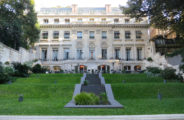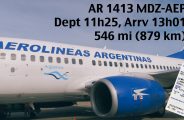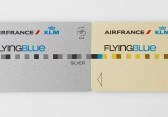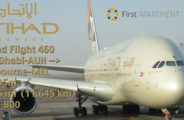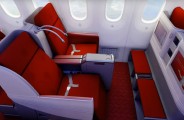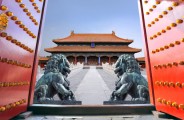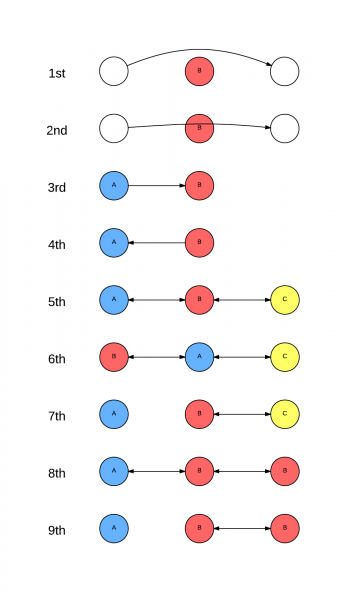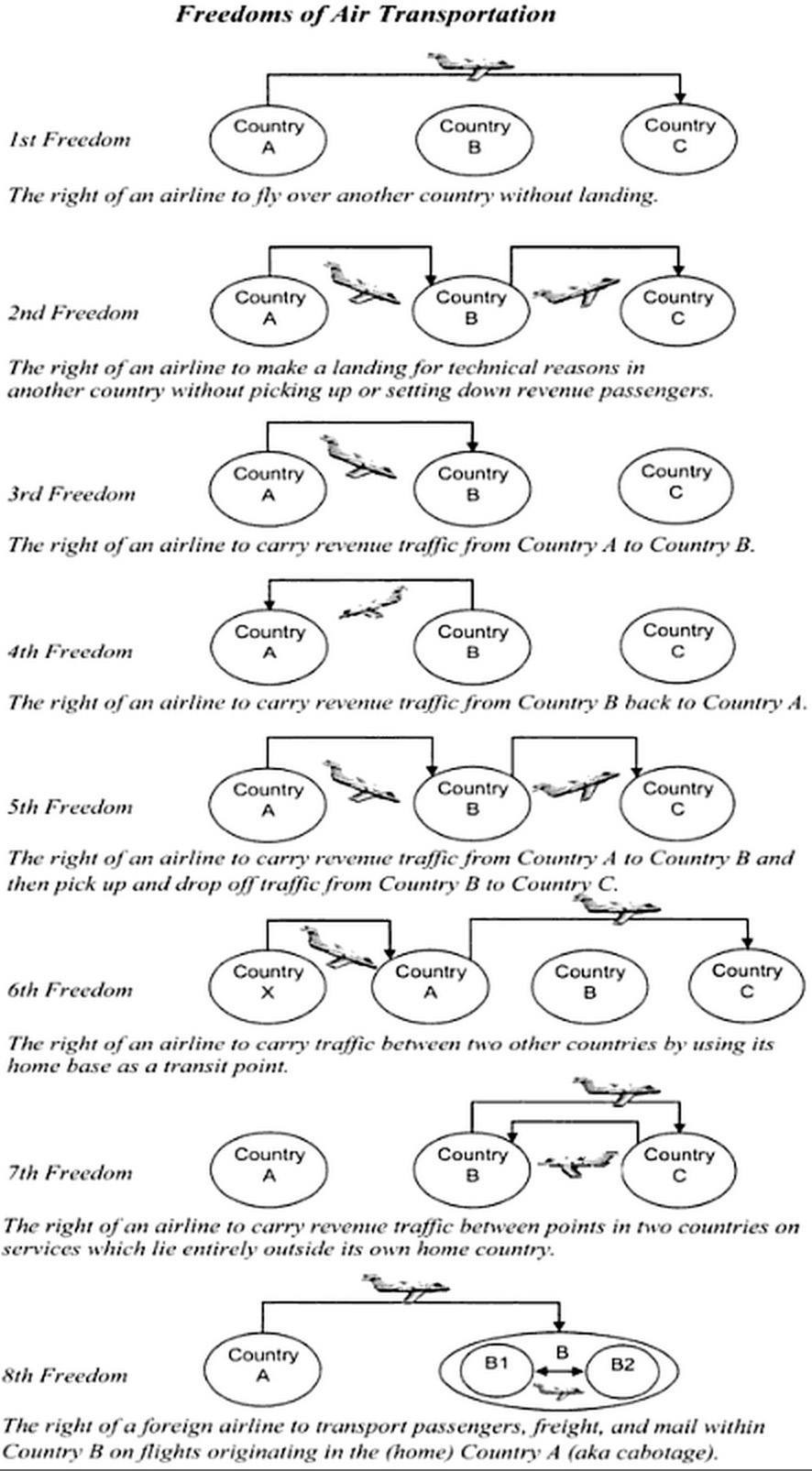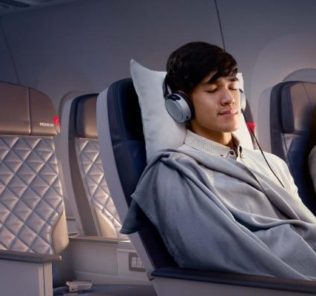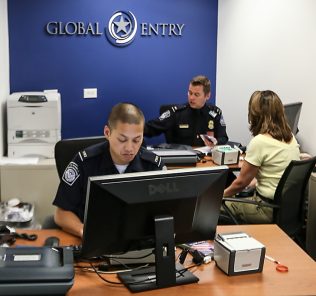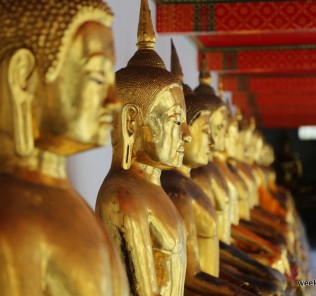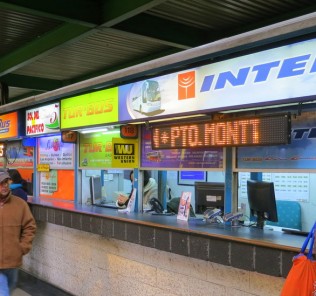What are “Fifth Freedom” Airline Flights and Routes?
Why Do I Care About Fifth Freedom Routes?
Simply put, fifth freedom routes are cool. They’re unique and unusual. It’s the whole idea of how small and interconnected the world is that I find the coolest.
Real quick, the fifth freedom right of the sky is what enables United and Delta Airlines to fly many routes from Tokyo-NRT to a whole host of Asian cities. It allows Emirates Airlines, a Dubai-based carrier, to fly revenue passengers between New York-JFK and Milan, Italy-MXP, two foreign countries.
There are other examples (many of which will come in a later post), but here are a few: Delta flies direct from Amsterdam-AMS to Mumbai-BOM and Air China flies from Madrid-MAD to São Paulo-GRU.
What are “Fifth Freedom” Routes?
There is a whole set of internationally adopted commercial aviation rights, referred to as the “freedoms of the air.” These rights set out scenarios in which commercial planes would operate routes for revenue. The first two rights, the first freedom and second freedom, are the most standard and over 129 countries have adopted the treaty that allow them. From there, the freedoms of the air get progressively rarer as they require approval from multiple states. This goes all the way down to the 8th Freedom, also know as cabotage, which as an example would allow a foreign carrier to fly a domestic routes. For example, if the US granted Air France the right to fly revenue passengers between New York and Los Angeles.
This is worth a quick synopsis (chart source: Wikipedia.org):
| Freedom | Description | Example |
|---|---|---|
| 1st | the right to fly over a foreign country without landing | Toronto - Mexico City by a Canadian company, overflying the USA |
| 2nd | the right to refuel or carry out maintenance in a foreign country without embarking or disembarking passengers or cargo | Toronto - Mexico City by a Canadian company, stopping for fuel in the USA |
| 3rd | the right to fly from one's own country to another | Toronto - Chicago by a Canadian company |
| 4th | the right to fly from another country to one's own | Toronto - Chicago by a US company |
| 5th | the right to fly between two foreign countries on a flight originating or ending in one's own country | Doha - Bangkok - Kuala Lumpur by a Qatari company |
| 6th | the right to fly from a foreign country to another while stopping in one's own country for non-technical reasons | Dubai - Cairo - Paris by an Egyptian company |
| 7th | the right to fly between two foreign countries while not offering flights to one's own country | Kuala Lumpur - Jakarta by an Italian company |
| 8th | the right to fly inside a foreign country, continuing to one's own country | Chicago - New York City - Toronto by a Canadian company |
| 9th | the right to fly inside a foreign country without continuing to one's own country | Beijing - Shanghai, as an Italian company |
Excerpt from Introduction to Air Transport Economics: From Theory to Applications:
First (1st)Freedom
The first freedom provides the right for an airline to fly over another country without landing (ICAO, 2004). An example of a first freedom right would be an international non-stop flight from Los Angeles to London that over flies Canada on the way to England. In order for this to occur, Canada must grant the US first freedom rights. Today, with a few exceptions, almost all countries grant unilateral first freedom rights. Moreover, countries may charge airlines for the permission to over fly their country, essentially placing economic barriers on the first freedom. For example, the over-flight fee for the US is $38.44 per 100 nautical miles over the continental US (FAA, 2012). Russia is notorious for charging high over-flight fees, especially on new polar flights from North America to Asia. This provides an economic hindrance for airlines flying such routes.
The EU and the US Open Skies Agreement which was signed in 2007 became effective on March 30, 2008. The agreement allows any airline of the EU and any airline of the US to fly between any point in the EU and any point in the US. The Agreement superseded previous bilateral agreements between the US and individual European countries.
Second (2nd) Freedom
The second freedom of the air is the right to make a landing for technical reasons (that is, refueling) in another country without picking up or setting down revenue passengers (ICAO, 2004). An example of a flight requiring the second freedom would be Cathay Pacific's flight from Hong Kong to Toronto, Canada with a refueling stop in Anchorage, Alaska. In order for this flight to occur, the US would have to grant Hong Kong second freedom rights. The second freedom right is usually granted since the airline provides revenue to the granting country in terms of landing fees and fuel purchase but does not compete with the domestic airlines. With today's modern aircraft, the requirement for refueling stops has diminished greatly, but, just a few years ago, the second freedom was important to many operators. Today, cargo carriers utilize second freedom rights the most.
Third (3rd) and Fourth (4th) Freedoms
The third and fourth freedoms of the air are essentially two sides of the same coin. The third freedom grants the right to carry revenue traffic from your own country to another country, while the fourth freedom provides the right to carry revenue traffic from the other country back to your own country (ICAO, 2004). These rights are usually granted together in order to allow an airline to operate a return air sen/ice. Third and fourth freedoms may only be granted for certain city pairs in air service agreements, and this puts limitations on air travel. Any international flight that carries passengers between two countries requires third and fourth freedoms for that particular flight.
Fifth (5th) Freedom
Fifth freedom rights enable an airline to carry revenue traffic from their own country to another country, and then pick up and drop off traffic from the intermediate country to a third country. For these rights to be useable, the third country must also agree to the right. A prime example of fifth freedom rights in action is Cathay Pacific’s flight from Hong Kong to Vancouver and then onto New York. On this flight Cathay Pacific is allowed to carry traffic from Hong Kong to Vancouver and also from Vancouver to New York. In order for Cathay Pacific to operate this flight, Canada and the US must grant Hong Kong fifth freedom for the route. Fifth freedom rights are rarely granted since the foreign airline is now competing with domestic airlines for the same traffic. However, there are other examples of fifth freedom rights such as Northwest’s inter-Asia operation from Tokyo Narita and EVA Ainuays operating the Taipei-Bangkok-London flight with full traffic rights from Bangkok to London. Fifth freedom rights are highly desirable to airlines, as segments can be tagged on to an existing flight, and this increases its profitability.
Sixth Freedom
The sixth freedom of the air allows an airline to carry traffic between two other countries by using its home base as a transit point. A prime example of this is an airline that flies a passenger from Europe to North America and then transfers that passenger onto a flight to Mexico or Central America. Usually sixth freedoms are not granted explicitly, but are given implicitly when third and fourth freedoms are granted. A slightly modified form of the sixth freedom, or “modified sixths" would allow an airline to transfer a passenger through its hub from two points in the same foreign country (Field, 2005). An example of a “modified sixths” would be a passenger flying on a Canadian airline from Boston to Seattle that uses Toronto, Canada as its transfer point. Currently “modified sixths” are not allowed, but there is movement in North America to possibly allow this to happen (Field, 2005).
Seventh (7th) Freedom
The seventh freedom allows an airline to carry revenue traffic between points in two countries on services which lie entirely outside its own home country. The liberalization of European airspace allowed seventh freedom rights as airlines are now allowed to fly throughout Europe. For instance, Ryanair, an Irish airline, can fly from Germany to Portugal. The tremendous access provided by seventh freedom rights enables increased competition; this has lowered air fares and increased the quantity of air travel demand. While Europe has allowed seventh freedom rights, they are rarely granted by other countries.
Eighth (8th) Freedom
Finally, the eighth freedom is probably the most controversial freedom. Also referred to as cabotage, the eighth freedom allows a foreign airline to fly between two domestic points in a country. For instance, cabotage rights would need to be granted if Qantas wanted to continue its Los Angeles flight onto New York with local traffic between Los Angeles and New York. Cabotage is controversial because it allows foreign competition on domestic routes. Few countries have granted cabotage rights, but they are actively sought during negotiations. True open skies between two countries would require cabotage rights from both countries. Europe's liberalization of air transport has allowed cabotage rights since the entire European Community is considered domestic from an air transportation perspective.
Source of cited articles: Vasigh, Bijan, Tom Tacker, and Ken Fleming. Introduction to air transport economics : from theory to applications. Aldershot, England Burlington, VT: Ashgate Pub, 2008. Print.
Why do “Fifth Freedom” Routes Exist?
Fifth freedom traffic rights:
- Promote competition:
- Are intended to enhance the economic viability of an airline’s long haul routes
- Were instrumental to the economic viability of long haul flights–this isn’t as important since planes are able to fly longer and longer distances with advanced technology
- Increase options (by alleviating physical barriers):
- Sought by airlines wishing to take up unserved or underserved routes
- Useful to airlines whose flights already make technical stops at a location as allowed by the second freedom and having the ability to take-on more passengers can help them earn more revenue
- Governmental policy/tourism:
- Sometimes encouraged by governments as a way of promoting tourism by increasing the number of seats available although, in turn, there may be reactionary pressure to avoid liberalizing traffic rights too much in order to protect a flag carrier’s commercial interests.
- Based upon laws & treaties:
- The Japan-United States bilateral air transport agreement of 1952 granted unlimited fifth freedom traffic rights to designated US air carriers serving destinations in Far East Asia beyond Japan
Oppositions to 5th Freedom
It’s not all “smooth-flying” for Fifth Freedom routes:
- Unfair to domestic airlines:
- Tend to be viewed by local airlines and governments as potentially unfair competition to their primary (third and fourth freedom) international traffic rights
- Controversial:
- Still related to the unfair to domestic airlines argument. Since the routes require approval from 2 governments, there can be hot debates and a lot of contention: “Rarely is a single flight so contentious. But with one daily flight between New York John F. Kennedy Airport and Milan’s Malpensa Airport, Emirates has irked some of the major players in the U.S. aviation industry.” (Inside Social – “Why can Emirates fly between New York and Milan? And what does it mean?”)
- Stirred controversy in Asia because of loss-making services by airlines in the countries hosting them. Example: particularly in protest over US air carriers’ service patterns in Asia, some nations have become less generous with regard to granting fifth freedom traffic rights

